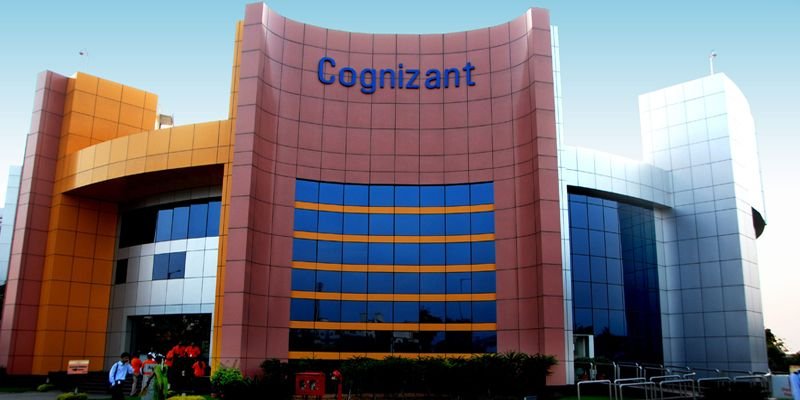Khosla Ventures-backed Kognitos is betting on English as code to simplify enterprise automation


San Jose-based Kognitos, founded by former Nutanix CTO Binny Gill, wants to change that. It claims it can eliminate those friction points by letting employees automate processes using plain English commands instead of programming code.
The startup’s “English as code” approach tackles some of the biggest hurdles in enterprise automation such as the shortage of technical talent and the unpredictability of generative AI.
The neurosymbolic AI platform primarily automates back-office processes by blending symbolic logic with modern AI, reducing errors, improving governance, and streamlining operations.
“‘English as code means treating English as a symbolic language, just like math, Python, or Java. The ‘neuro’ part is where AI steps in. By combining the two, you get a neuro-symbolic system—an LLM that understands intent and translates it into instructions. When you press run, it executes deterministically, with no bias or hallucinations,” Gill tells YourStory.
The platform’s Natural Language Process Automation (NLPA) engine turns everyday language into automation. Delivered through a bot-less and cloud-based platform, it assists teams to run workflows across ERP, CRM, and other core applications—making automation faster and more accessible.
English as code
Kognitos’ primary goal is to imagine a future where business applications are written in English, machines understand human language natively, and working with computers feels as natural as talking to another person.
The founder describes this as removing the language barrier between automation and enterprises. “If AI is to work like humans, it has to follow a process—that’s what we’re doing. And the process must be in a language both humans and AI understand, so nothing gets lost in translation,” says Gill.
By combining neural networks with symbolic logic (rule-based reasoning), Kognitos reduces errors and avoids the risks of AI hallucinations, or false and unpredictable outputs.
The 37-member team makes the best use of its Process Refinement Engine, its core patented technology within the platform that enables continuous learning and adaptation of business process automations. It works by using English-as-code to interpret human feedback and exceptions, which the engine then uses to refine automated workflows over time.
This process creates a self-improving and auditable system for how work gets done and eliminates the need for constant manual coding and maintenance associated with traditional automation tools like RPA (Robotic Process Automation).
Several business processes remain manual today because automating them with traditional tools is complex and costly. For instance, a finance professional handling invoices, purchase orders, and contracts may find it difficult to convey every step and edge case to an RPA developer.
Kognitos solves this by helping businesses to create automations in plain English, turning both undocumented know-how and system processes into documented workflows.
The platform supports hundreds of use cases without relying on bots or black-box AI, making automation easier to maintain. These tasks can be multimodal, spanning from voice transcription and QR code scanning to light image editing, data visualisation, and PDF form-filling. Crucially, it does so without the heavy maintenance burdens that have sunk many automation projects in the past.
“The place where we are applying AI is where it matters most to the business—where money is involved, people are involved, and making sure things are done the way the business has prescribed,” he explains.
“In the real world, for example, when you go to a doctor, the doctor is like the creative neural engine and may say, maybe you have a certain illness—the doctor could hallucinate or guess. Then the doctor writes a prescription, explains it to you, and you take it to the pharmacist. The pharmacist is the symbolic engine and doesn’t hallucinate —at most they might say, this brand isn’t available. There’s a separation of intelligence into two pieces, with the human in the middle for control,” he adds.
Gill says that Kognitos focuses on process-oriented agents that follow prescribed steps in a workflow, rather than goal-oriented agents designed to achieve a specific outcome.
“One type is goal-oriented—you give it a prompt, and it figures out how to achieve it, like creating an Excel file. The other type is process-oriented, which is where Kognitos operates. Businesses run on processes, not ad hoc goals. Whether it’s approving invoices or checking in code, companies define steps to ensure control,” he says.
For instance, Boost Mobile (a Dish Network subsidiary) reduced lease audit processing time by 97%, saving 29,500 staff hours annually.
The business and future plans
Kognitos is tapping into the $75 billion enterprise automation market, which is expected to grow at 16.5% annually and reach $250 billion by 2032, according to a report by FutureDataStats.
In 2023, Kognitos raised $20 million in Series A funding round led by Khosla Ventures, with participation from existing investors Clear Ventures, Engineering Capital, and Wipro Ventures. To date, the company has raised $30 million in funding.
Its technology is currently being used by companies across manufacturing, logistics, consumer goods, and retail. Some of its clientele include PepsiCo, Wipro, Century Supply Chain Solutions, and Norco Industries.
Kognitos competes with established RPA players such as Automation Anywhere, UiPath, Blue Prism, and new entrant Adept. Its edge lies in the platform’s intuitive nature, which allows users to turn plain-English instructions into workflow automations while automatically flagging errors for correction and improvements.
Speaking of challenges, the founder notes how the team went through multiple iterations before finding what worked and what did not.
“We went through four or five different iterations. It was not easy. Once we figured it out, then the challenge was about who would buy this … Then ChatGPT happened. Today, when we talk to a customer, they say, “It’s a no-brainer,” he says.
Gill notes that while automation accelerates operations, enterprises don’t want to remove humans from the equation. Businesses, he believes, are not looking to replace people altogether but to give them more control over how automation is applied.
“Human in the loop doesn’t mean humans doing the work—it means humans staying in control. Iron Man is always in his suit. People want to be in the middle, guiding both the intelligence and the execution. Anyone who says humans shouldn’t be in the loop is basically saying Iron Man shouldn’t exist as a movie,” he proclaims.
Edited by Megha Reddy
Discover more from News Hub
Subscribe to get the latest posts sent to your email.







